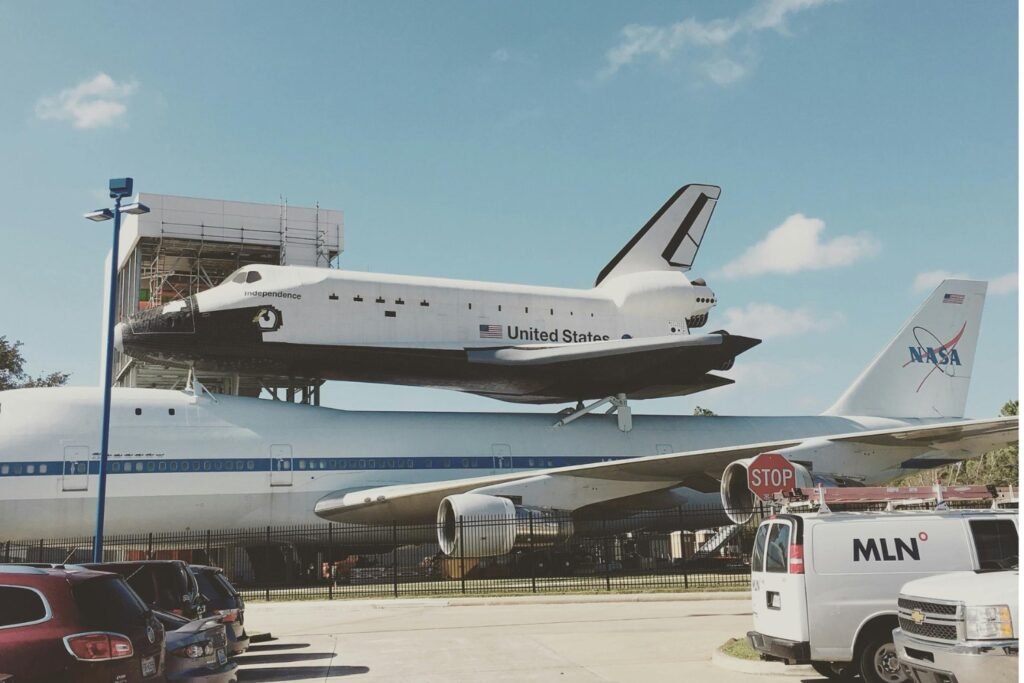NASA to test key technology for measuring X-59 shockwaves

How Will the Probe Measuring Shock Waves Work?
To accurately measure shock waves from , NASA has developed a specialized conical impact detection probe. This tool will be key to analyzing the ‘sonic booms’ generated by the aircraft and verifying if its design truly minimizes the noise produced by supersonic flights.
Researchers at the Armstrong Flight Research Center have created two versions of the probe:
- Near-field probe: designed to capture shock waves at their point of origin, flying very close to the X-59 at an altitude of approximately 18,000 meters.
- Mid-field probe: focused on measuring shock waves at altitudes between 5,000 and 20,000 feet below , when they travel closer to the ground.
The probe, measuring about 1.80 meters, will be mounted on the front of an F-15B, a fighter jet that will fly in formation with the X-59 during tests. This device will take thousands of pressure samples per second, allowing scientists to evaluate in real time how the shock waves generated by the X-59 behave.
Validation of Pressure Models and Technological Improvements
One of the key objectives of these tests is to compare the data obtained with computer models that predict the propagation and strength of shock waves. “An impact detection probe acts as a source of truth, comparing predicted data with real-world measurements,” explained Mike Frederick, NASA’s lead researcher.
To improve measurement accuracy, NASA has introduced several upgrades in the probe design:
- Optimized location of pressure transducers: now located just 12 centimeters from the pressure ports, instead of the 3 meters in previous versions. This reduces latency and improves data quality.
- Integrated heating system: prevents measurement fluctuations due to temperature changes during flight.
Initial tests will be conducted by chasing a second F-15 during supersonic flights, allowing the evaluation of the effectiveness of the improvements before using them on the X-59.
Why Is Measuring These ‘Sonic Booms’ Important?
The X-59 is part of NASA’s QueSST mission, which aims to demonstrate that supersonic flights can be significantly quieter than current aircraft. While a conventional aircraft generates a deafening sonic boom when breaking the sound barrier, the X-59 is designed to produce a much softer noise.
The information gathered with these probes will further refine the design of the X-59 and advance the development of supersonic commercial aircraft that can fly over populated areas without causing acoustic disturbances.
With these advancements, NASA aims to pave the way for a new era of aviation, where supersonic flights are not only faster but also quieter and more efficient.
Source: .




